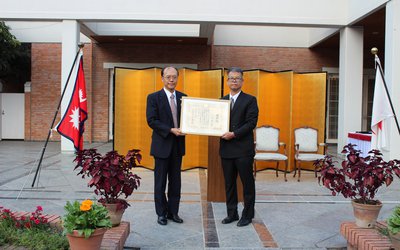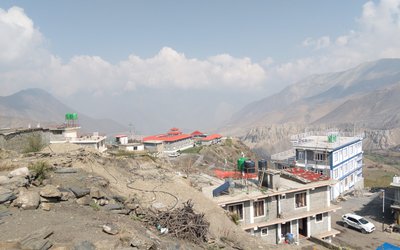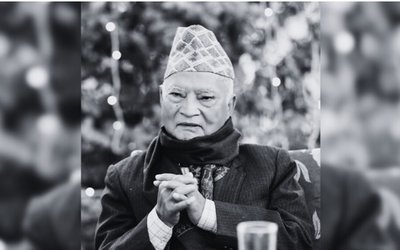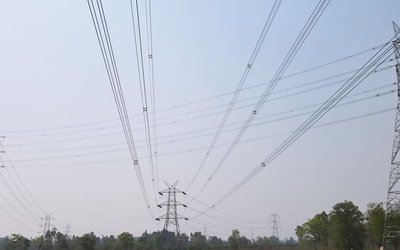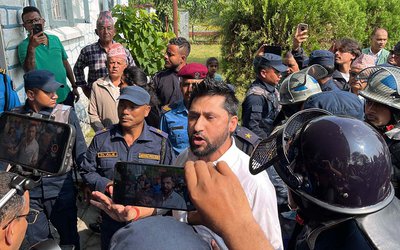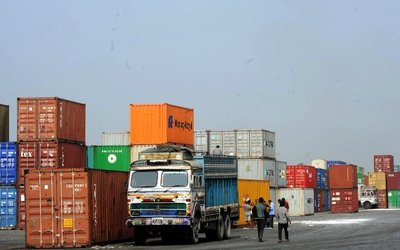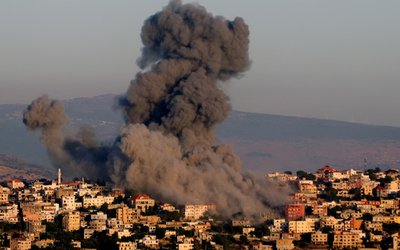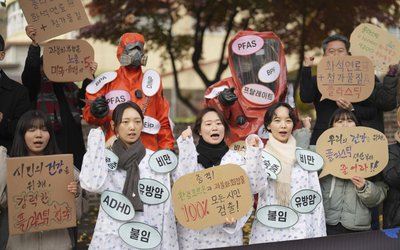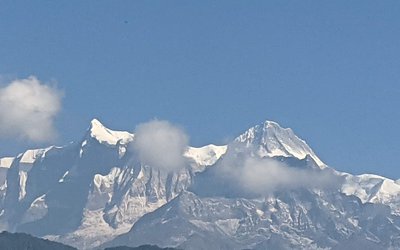In the aftermath of the destructive earthquake in Nepal, the resilience of Nepalese has been tested time and again with more than 297 aftershocks. Governments and organizations worldwide pledged generously to provide economic aid to support the humanitarian crisis. So far 751,535,222 USD relief aid has been pledged for Nepal Earthquake as of June 1, 2015. Some of the prominent pledgers are USA 10m, Japan 8.4m, UK 6.7m, Canada 4.1m, Norway 3.9m, and China 3.2m. According to the Corporate Aid Tracker, businesses have pledged 28.7 million USD in cash and additional in kind to support relief and recovery efforts.
Despite bulks of efforts and resources, often times these pledges does not translate into actual output on the ground. This has raised fundamental questions about accountability, responsibility and transparency in efforts, systems and processes of Nepal government and I/NGOs. The fact is that people still haven’t received basic needs like shelter and food contrasts with the billions of rupees pledged so far.
Coordination amongst the donors, national and international agencies have posed a serious challenge in responding to the disaster. The reluctance of the donors to work directly with the government is largely to do with the weak central government, lack of accountability and transparency at the local level, compounded by a lack of confidence in the government’s ability to handle such disaster, raising serious questions on their efficiency and competence. The Government’s initiative to implement one door policy which routes all earthquake donations through Prime Minister’s Relief Fund has been a disaster, raising suspicions about the politicization of aid. This has led donors and international agencies to provide relief on their own. However, this strategy creates its own sets of challenges and begs the question whether in fact international agencies are helping the way it is set out to do. Sure, Nepal needs to create an independent board to oversee earthquake response and conduct local elections soon as possible to regain trust and accountability, but during the lead up to it I/NGO and foreign government should stick with code of conduct they often preach.
While the intentions and the initial outpouring of support are encouraging, each agencies and nations have their own set of objectives. There is humanitarian, but there is also advancement of geo-political strategies and organization’s objectives. The relief work carried out by Christian missionaries has been criticized for exploiting this crisis as an opportunity to impose their religious beliefs. While those in distress were in immediate need of food, shelter, medicines, the missionaries were out preaching the Gospel, encouraging them to embrace the bible. Nepal had millennial old harmonious traditions and people are now questioning why the political leaders allowed proselytizing without their vote after the country was declared a republic in 2006.
If we look at the Haiti earthquake, the catastrophe had unleashed an unprecedented flood of humanitarian aid in tune of13.5 billion USD in donations and pledges. But five years after, thousands continue to live in crude displacement camps and many more in deplorable conditions. So where did all that money go?It was reported that international companies flew in, rented hotels and cars and spent USAID allowances for food and cost-of-living expenses. Furthermore, so-called danger pay and hardship pay inflated salaries by more than 50 percent.
Although the humanitarian aid efforts and its significant financial donations are known to all, very few may have realized that they represent only a fraction of the costs and resources involved while carrying out these initiatives. Part of the challenges with the I/NGOs is that despite what they might claim, a large percentage of the funding is eaten up by overhead costs such as salaries, administrative costs and fundraising activities. Reports say that UN and other INGO CEOs receive as much as $1,200,000 a year, which bites out most of the dollar donated for victims.
Various studies have raised significant concerns over the ability of I/NGOs to manage huge national levelhumanitarian relief operation. It is imperative that the pledges and donations for such disasters are effectively spent and accounted for.Spending structure shows that majority of the funds are funneled through international organizations instead of the government or local organizations. In 2011, USAID administrator Rajiv Shah warned that the aid industry "is full of incentives designed to prolong our efforts rather than reduce them or enable transitions". Aid donors frequently use subcontractors to implement their projects but this information is rarely, if ever, publicly available.
The growing doubts over the capacity of the organizations working on disaster reinforce the need for the government to establish an independent oversight body wherein international agencies and donors are also included within the system, and have locally elected body that is answerable. Additionally, the organizations receiving aid should provide full accounting of all its expenditures on earthquake relief operations, including payments to international aid consultants. All expenditures should be publicly available and open to scrutiny. International organizations can invest in building hospitals, schools, create a short network of roles and invest in sanitation. It should have specific roles and specific outcomes. Nepal government is wrong in its new directive to say everything needs to go through one door- its door, rather it should implement multi door but one system policy which can coordinate foreign aid and assistance in humanitarian emergencies.
Now the issue to ponder for donors and taxpayers alike is that if you want to make sure your contributions have a real impact, what do you do? Nepal has unique culture, traditions, and environment where the cookie cutter management approach does not work. Identifying local and international organizations that are transparent and accountable about how they use the funds is a must to make it work. Such a situation demands a need to make responsible choices so donated aid goes directly to the impoverished victims of the disaster and is not spent otherwise.
Simón Dhungana has M.S. in Management from of Johns Hopkins University, and is the Chair of Bibeksheel Nepali Earthquake Response Task Force. sd@trilord.com


